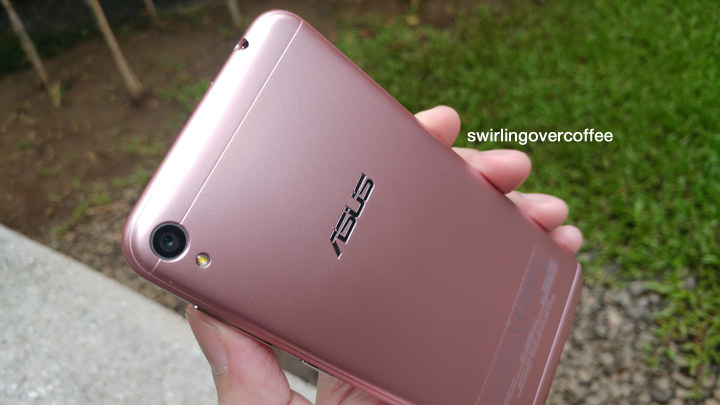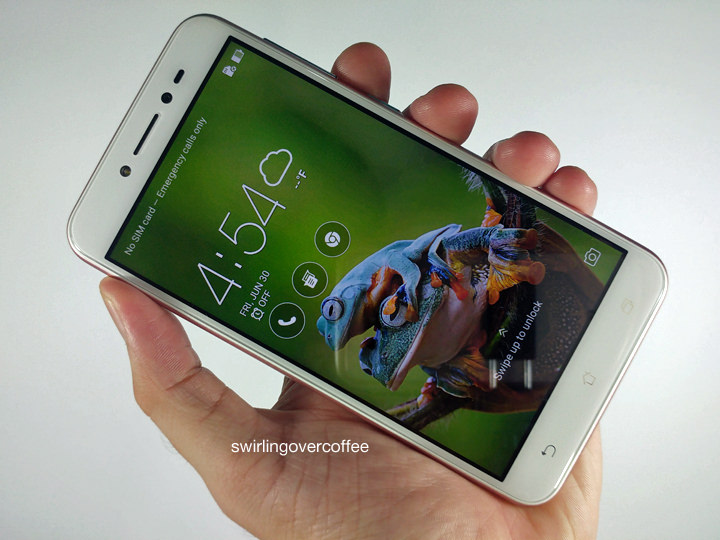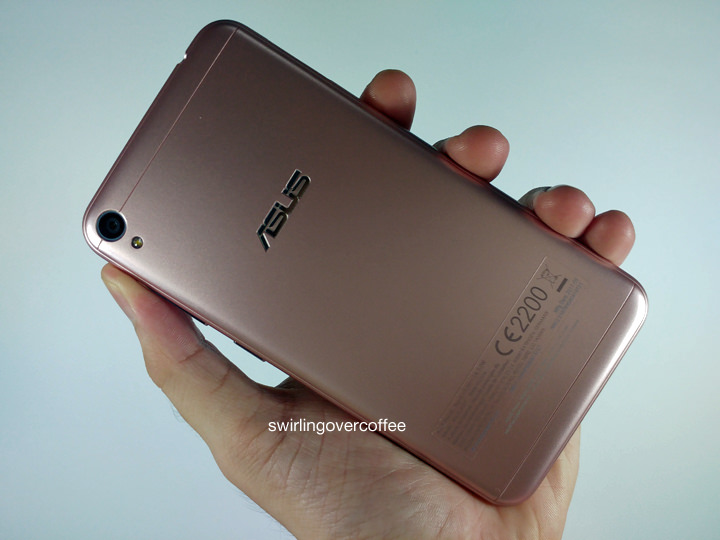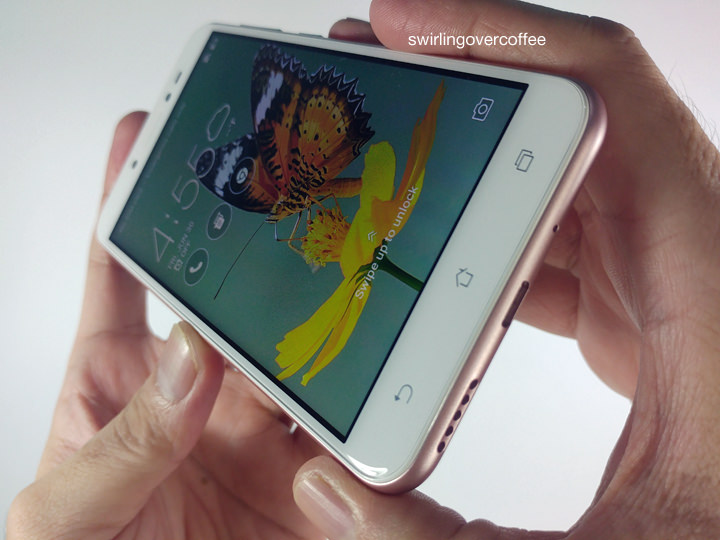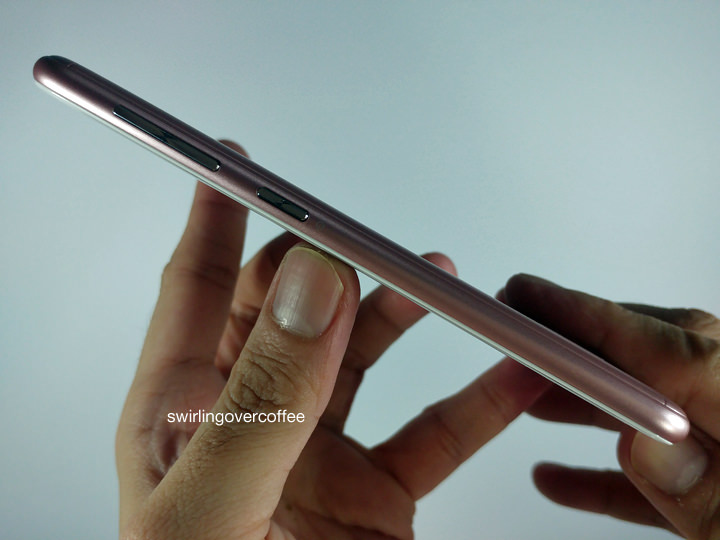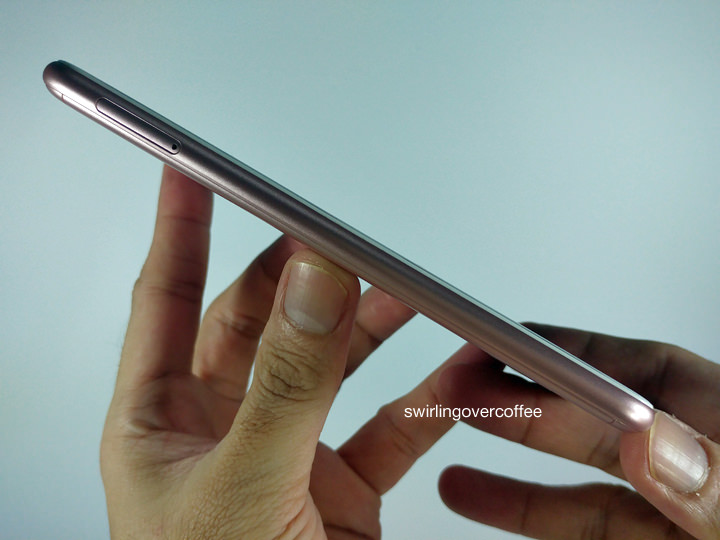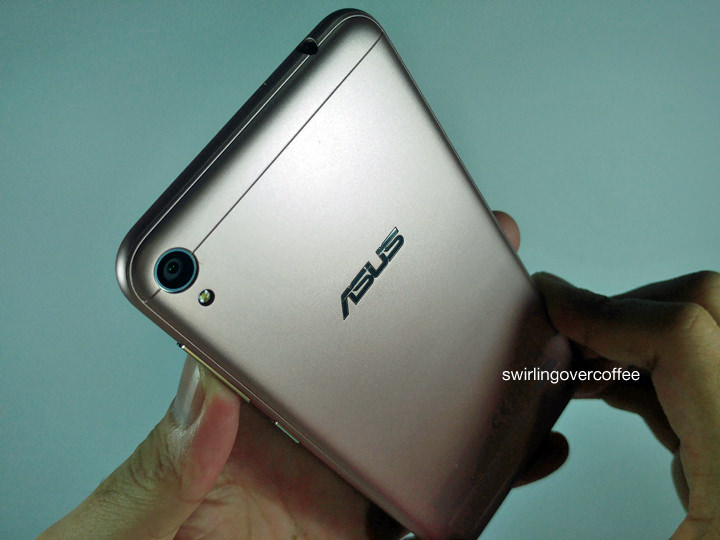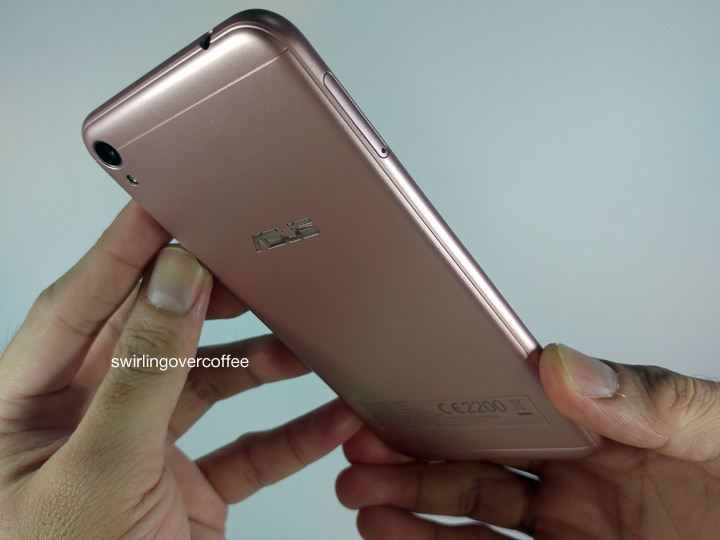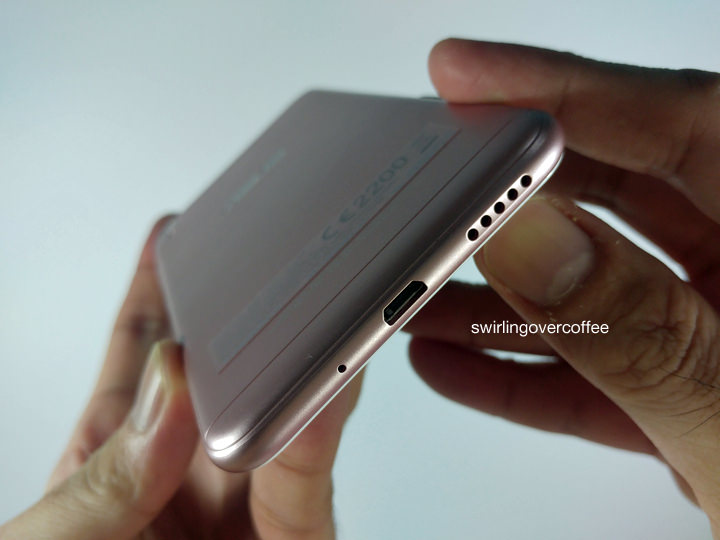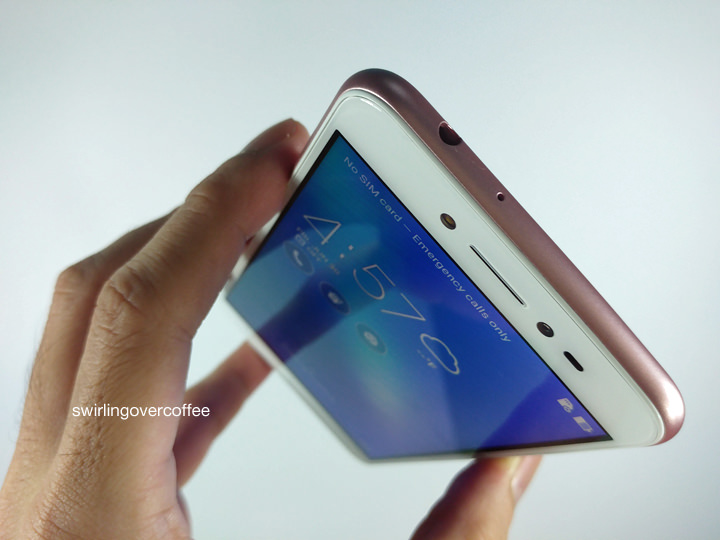For a budget phone, the P6995 ASUS Zenfone Live is unique: it can do real-time beautification (make you look pretty) during front camera Livestreaming on social media. It’s the only budget phone in the P7k price range that can, as of this writing, do this. But what about other aspects you’d consider in a budget phone, like build, camera image quality, battery life, multitasking smoothness? And what if you’re not into Livestreaming but instead just want a budget phone that ticks those boxes? Here’s our review.
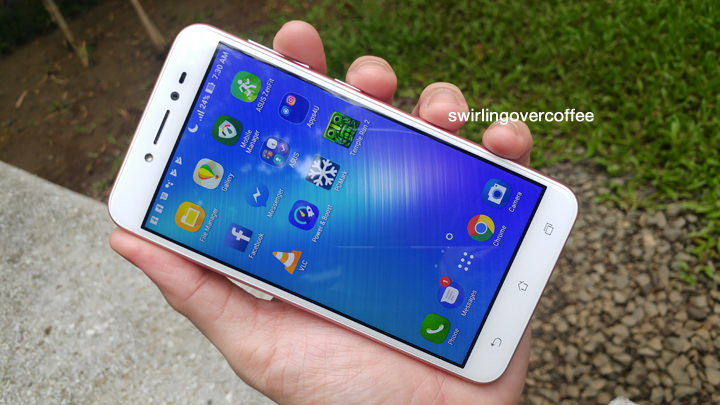
Asus Zenfone Live (ZB501KL) Full Specs
5-inch HD IPS 1280 x 720 resolution, 2.5D curved glass, 294 ppi
1.2 GHz 64 Bit Snapdragon 410 Quad-Core Processor | Adreno 306 GPU | 2GB RAM
16GB Internal Storage, up to 128GB via microSD card
Rear Camera: 13MP F2.0 wtih Autofocus and LED flash
Selfie Camera 5MP F2.2 with LED flash
2650 mAh Battery | Android 6.0 Marshmallow with ZenUI 3.5
WiFi, 3G, LTE, Bluetooth, GPS, A GPS, dual SIM (hybrid)
Accelerometer, light, compass, proximity
Comes in Shimmer Gold, Rose Pink, Navy Black
141.2 x 71.74 x 7.95 mm | 120g
P6995
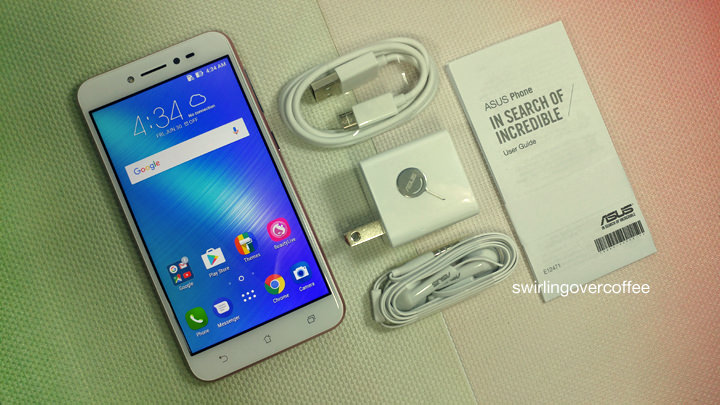
If you can hold off until the end of this post, here’s our Unboxing of the Zenfone Live.
Around the ASUS Zenfone Live
Front Camera Livestreaming Using BeautyLive
A feature no other phone, budget or flagship, offers as of this writing, and which the Zenfone Live has, is real-time beautification (it cleans up your complexion) during Livestreaming on Facebook, Instagram, or Youtube. Here’s how you do that. Step 1: launch the Beautylive app, a pre-installed front camera app on the phone’s home screen that lets you adjust beauty levels, up to 10. Step 2: choose the beauty level you want (the higher the level and the dimmer the lighting, the more abnormal you look). Step 3: choose your Livestreaming platform (Facebook, Instagram, Youtube).
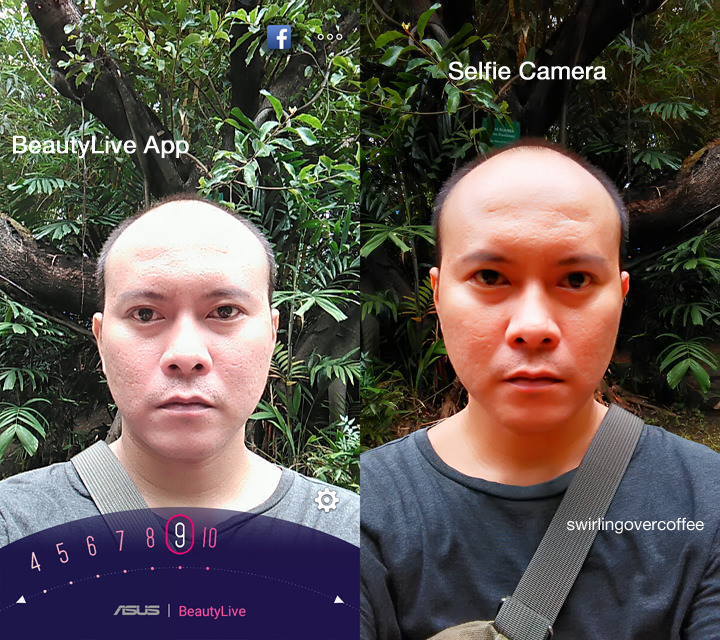
Try to do this (1) on a stable tripod (to reduce camera shake, but handheld is ok, too, unless it’s under dim lighting), (2) with enough lighting to reduce cakey looks, and (3) with your face not too far away from the phone.
Under these conditions, you will look good. And also, the mic records good audio. Your can make out the voice during the Livestream even in a slightly noisy environment. So it’s promised noise-cancelling feature works.
The Good
Decent build quality, for the price. It’s not metal or faux leather, just not-so-bad plastic. Very compact and slim body. Comfy to hold. Doesn’t retain fingerprints. So easy to slip into any pocket you have. Easy to grip, and one-hand use is possible (your thumb can reach most parts of the display).
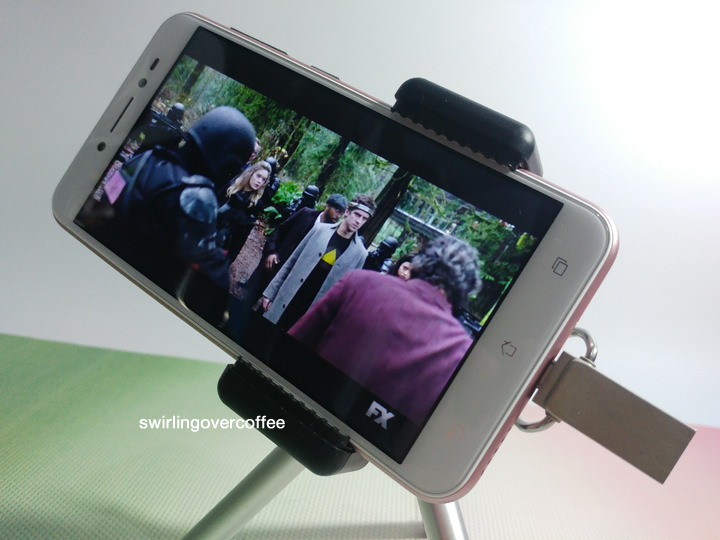
Good display for a budget phone – good contrast, enough color-pop-out, and good viewing angles. That, plus the surprising loud sound, make for a good video-playing device (just be aware that that drains the small-capacity battery faster). Again, the display is acceptably bright, even outdoors. You don’t have to squint so much to read text messages. But if you want it consistently readable outdoors, turn off auto-brightness on the notification panel, so your screen is set to a constant max brightness.
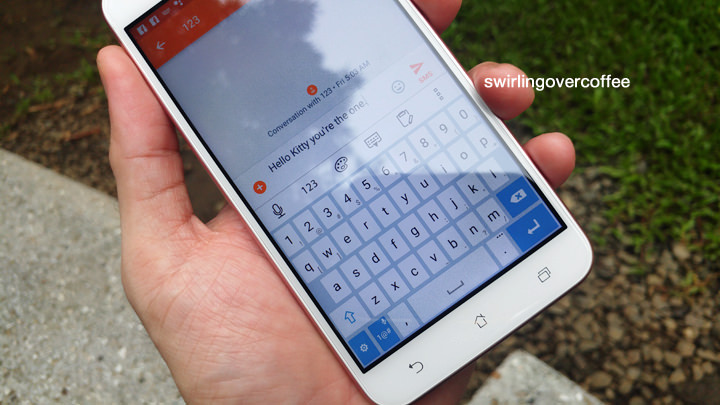
About 8 hours of battery life – good enough as a daily driver, but know that there power bank phones in the same price range (see below). The “only” HD display plus 2650 mAh battery make for all day moderate use.
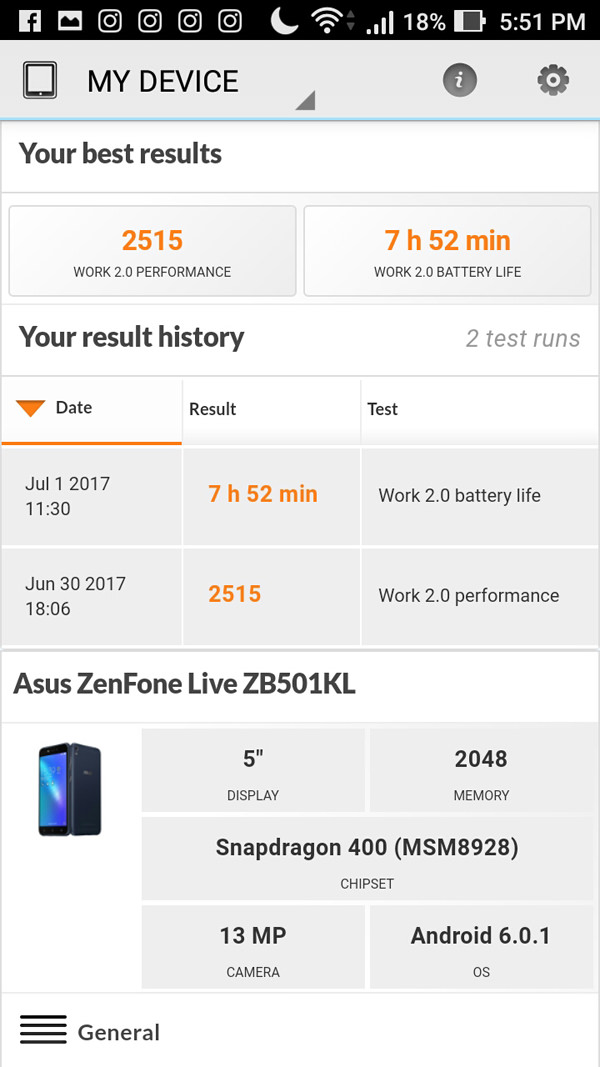
The bannered feature, real-time beautification during Livestreaming, works (1) when your face is close enough to the display, (2) when there’s adequate lighting, and (3) when you have good Internet connection (this last bit is not ASUS’s problem). Just don’t Livestream in dim places.

Audio recorded during Livestream is good (voices are sufficiently distinct) and loud enough, owing to the dual mic. This also means that recording interviews result in clear voices, due to noise-cancellation. Students and journalists, are you reading this? This P7k phone can be a good interview and class lecture audio recording device.
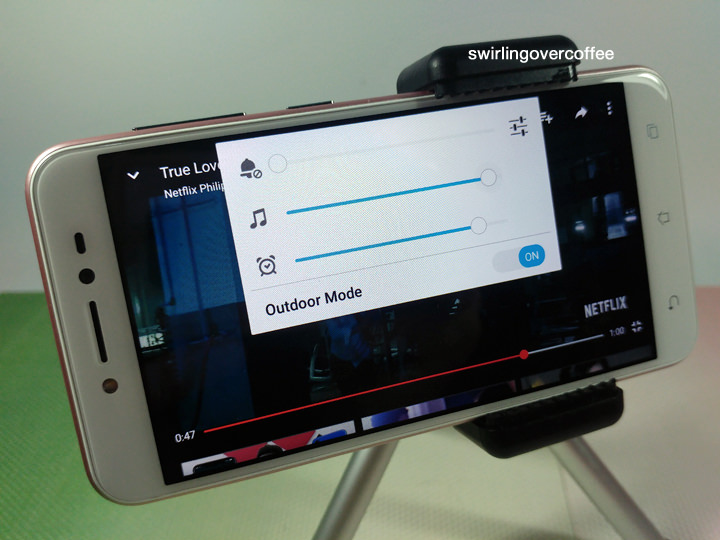
Speaker is loud and clear and rarely sounds strained even at full volume, which is surprising; which, again, makes the Zenfone Live a good video consumption and on-speaker music device (perhaps video and music consumption should be the pitched feature and product focus, instead of Livestreaming? Just a thought.)
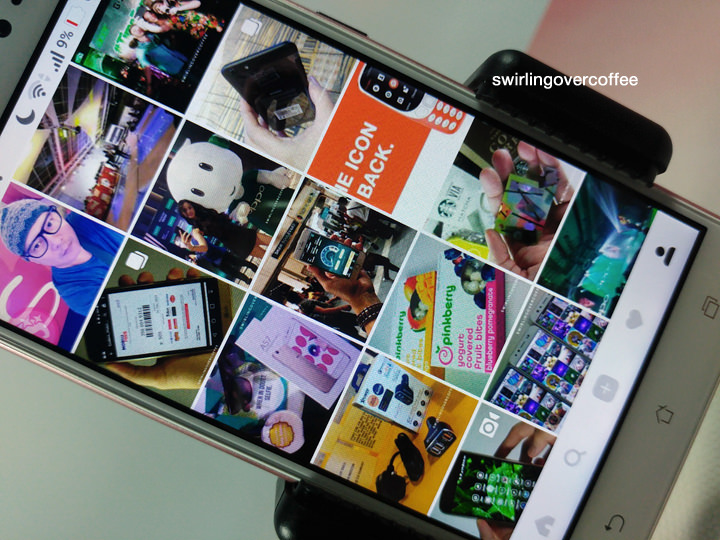
Rear Camera Image Quality is decent or passable (definitely not spectacular) for a budget phone. Shots under ambient daylight scenes are sharp enough, as with white-light indoor lighting scenes.
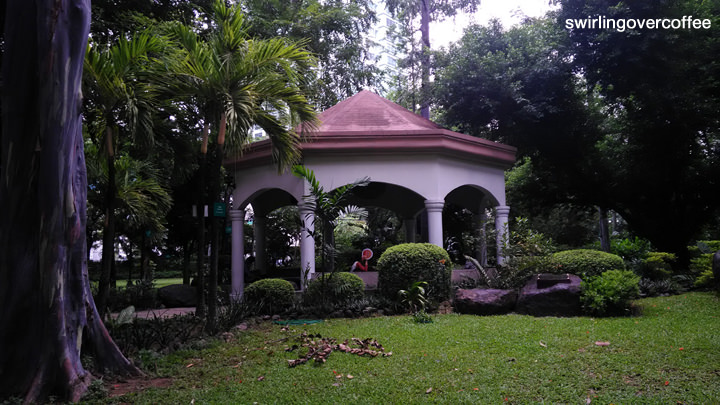
Still, colors can get weird, as though the phone’s image processing doesn’t know what to do with orange, yellow, and pink. But capture speeds are okay. Surprisingly, the phone is not as blur-prone, owing to shaky hands, as I thought. See sample shots below.

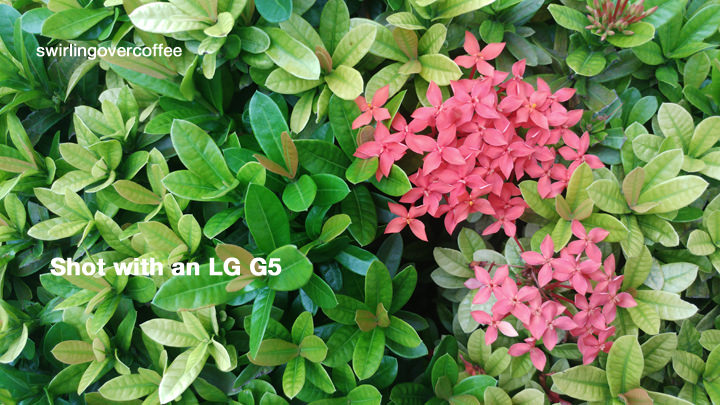
Here’s a video sample (which is decent, by the way), shot handheld. Stabilization is only available on HD mode, not FHD.
Good call quality, something that should be standard for budget phones.
The ASUS Zenfone Live is not that expensive, at P6995.
The Maybe Bad
Rear camera image quality could be better – colors are either dull or are oddly yellow-orangish and sometimes, images aren’t that detailed even under adequate lighting. Even low light shots taken with flash or HDR aren’t that good.

As with many budget phones with no Optical Image Stabilization (OIS), very low light shooting is nearly impossible, but medium to low white lighting shooting is acceptable for a budget phone (HDR and Low Light Mode can sometimes help) but medium to low yellow lighting (which is how most restaurant interiors are lit) is really bad (just give up, just give up).

Rear Camera Flash is just there to evenly make everyone in the picture pale, and your dinner, something nobody wants. (Don’t use flash. Just don’t.)

Perhaps we’ve been exposed to better selfie cameras in the same price range as the Zenfone Selfie. Regardless, we’re not happy with the phone’s front 5MP shooter. The results, even under sufficient ambient daylight and bright indoor overhead lighting, can still get noisy (see samples below). The Zenfone Live has front LED flash that illuminate your face in dim scenes, just be prepared to have an abnormally pale complexion. The tandem of Beauty level 5 (and up) plus front flash is just not good. You are better off, under slightly ideal medium to low light scenes, with the Beauty level zero and no front flash.
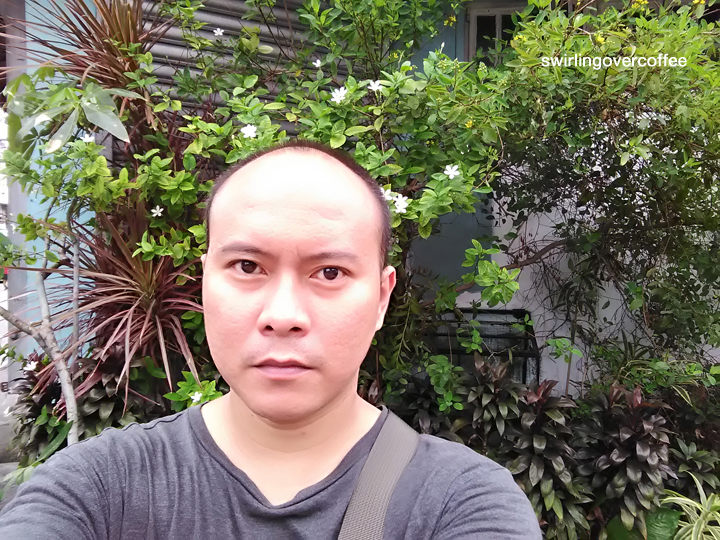

Can get sluggish when so many apps are open and when you’re switching between them. This may be, in part due to the dated processor and only 2GB of RAM. You can remedy this by routinely killing apps in the background. But if all you’re running are social media apps, switching between them is not that slow. It’s not as bad as it sounds. The experience is actually, well, how to put it? Workable.
No fast-charging, unlike the similarly priced Flash Plus 2. Takes about two hours to fully charge the Zenfone Live. It’s not actually deal-breaker as not a lot of budget phones have fast charging.
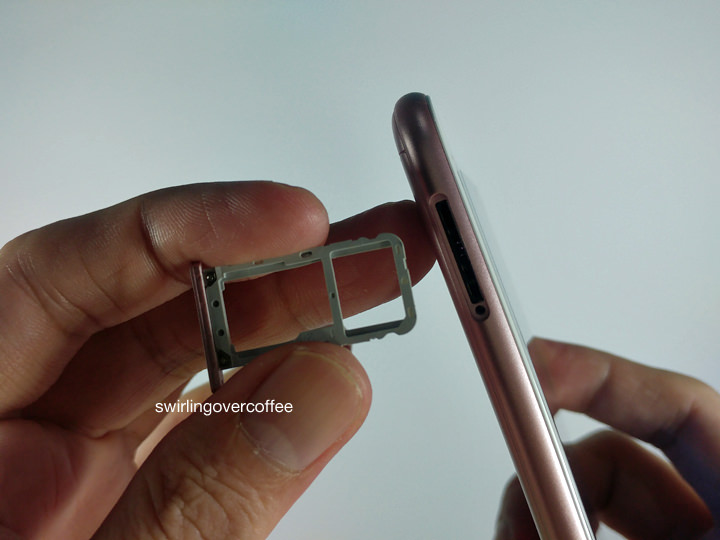
No dedicated slots for two SIMs, unlike other phones.
Livestreaming feature, while it works, may not be a compelling sough-after feature among budget phone shoppers. This makes the Zenfone Live a niche product. Also, it stands to reason that selfie phones with better spec’d front cameras (P10,990 Vivo V5 Lite, P11990 OPPO A57 – both with 16MP front cameras) are highly likely to deliver a better front camera video experience (but are pricier).
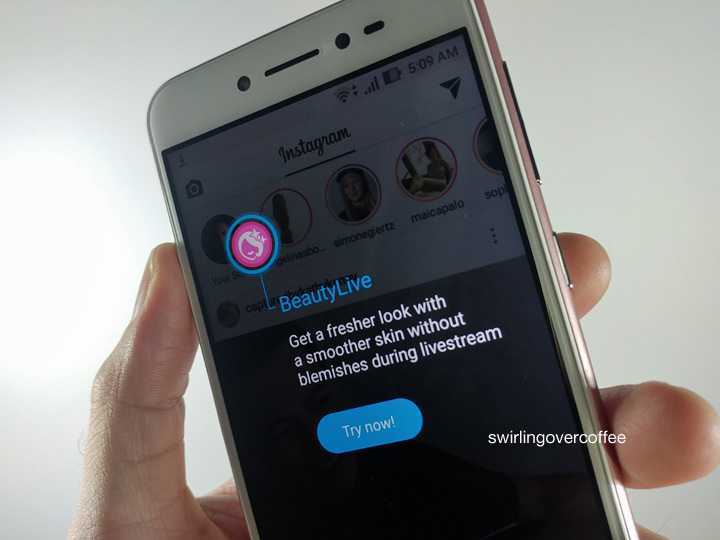
Essentially, the Zenfone Live is a phone with adequate front camera Livestreaming features, not so good rear and front cameras, an old processor and limited RAM (app switching can get slow, and you’re limited to casual games), video consumption goodness (good display and loud sound), and a surprisingly good design for a plastic phone at this price point, but in a P6995 package with no dedicated dual SIM slots, no fingerprint sensor, no metallic body (for better projected durability), no fast-charging, and a small-ish battery capacity.
If you came here for a budget phone, below are better spec’d phone options in the P7000 to P8000 price range, but without the sleek design of the Zenfone Live, nor its front camera Livesteraming features.
Alternatives to the Zenfone Live
About two years ago, subpar cameras were standard groans about budget phones in the P6k to P8k category. But at least three phones have offset that standard in 2016 – the P4999 CloudFone Thrill Access, the P7999 Acer Liquid Zest Plus and the P6990 Flash Plus 2 – all of which have very decent cameras (better than the Zenfone Live, at least). The Flash Plus 2 also has a full HD 5.5-inch display, a metal body, a fingerprint sensor, and a fast-charging 3000 mAh battery.
A post shared by Irwin Allen Rivera (@swirlingovercoffee) on
The Acer Liquid Zest Plus (5.5-inch HD, 5000 mAh, better cameras, better build, free VR headset, dated design, P7999), the Cherry Mobile Flare S5 Power (5.2-inch FHD, 6050 mAh, good display and speaker, mediocre cameras, thick and heavy body, P7999), and the ASUS Zenfone 3 Max 5.2 (5.5-inch HD display, 4100 mAh, slightly better cameras and slightly better build than the Zenfone Live, P7995) should all be on your discount watchlist.
You can find our short comparison video of these alternatives-to-Zenfone-Live-phones here. To be fair, these phones are power bank phones, not intended to be livestreaming ones. Finally, consider the P4999 Cloudfone Thrill Access (which has a fingerprint sensor, metal body, better cameras, longer battery life) or the P6990 OPPO A37.
The Verdict
The ASUS Zenfone Live (P6995 at launch) is a budget phone in a price category (P6,000 to P8,000) filled with better-spec’d rivals (ones with better build, display, camera image quality, and longer battery life). While it’s bannered real-time facial beautification works (it’s pitched as a live streaming device), we’re not sure front camera video live streaming is enough to woo budget phone buyers to choose it over alternatives with Full HD, sharper cameras, better screens, better gaming and smoother multitasking performance, and longer battery life. Just to put this in context: the P4999 Cloudfone Thrill Access has everything the ZF Live doesn’t – better cameras, a metal body, a fingerprint sensor, a longer battery life, and a more budget-friendly price tag. But it can’t “Livestream beautifully”.
But if you want what the Zenfone Live offers – real-time beautification during front camera Live Steaming, in a decent P7k package, then by all means buy it. On a side note, the display and sound make this phone a good video binging device. Well, if you can take the only HD display, that is.
ASUS made a name for itself first with the midrange Zenfone 2, followed by the Zenfone Selfie (the first brand to popularize “selfie”), the Zenfone Laser (one of the first to offer laser autofocus as a midrange phone feature), the powerbank-like Zenfone Max, the uppermidrange performance powerhouse Zenfone 3, the Zenfone Zoom (one of the first ever phones to offer optical zoom), and now with the Zenfone 3 Zoom (dual wide angle plus optical zoom rear cameras). We hope that the Zenfone Live gets offered at a lower price, given its competition, or is improved upon in its next iteration.
Liked this post? Follow SwirlingOverCoffee on Facebook, YouTube, and Instagram.


